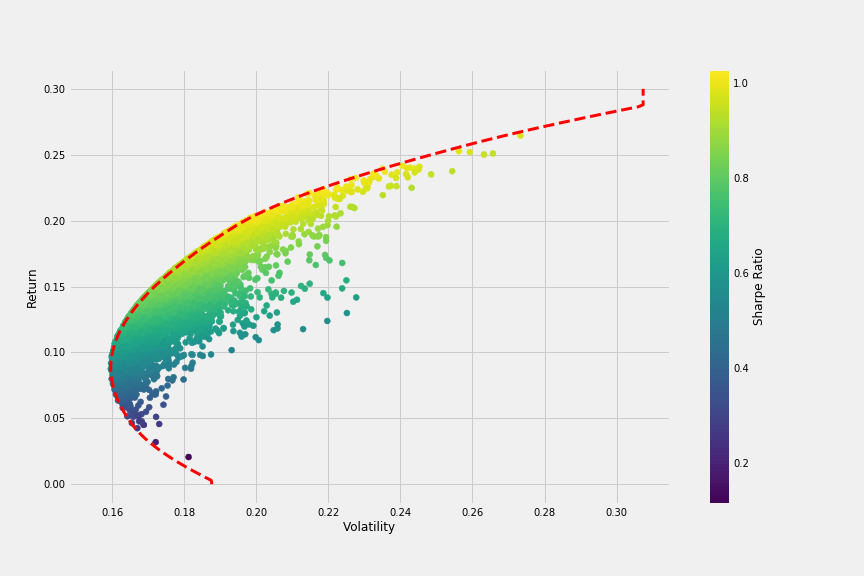
Accrue an income tax expense, change in net working capital based on the corrected income statement. Ideally, the income tax rate should be based on your estimate of the average tax rate that will apply for the entire fiscal year. Conduct an ending physical inventory count, or use an alternative method to estimate the ending inventory balance. Use this information to derive the cost of goods sold, and record the amount in the accounting records. Compare the shipping log to accounts receivable to ensure that all customer invoices have been issued. Cash flow from investing activities includes cash received from the sale of securities and cash paid to buy new assets like land and equipment, among other things.
What Category of Elements of Financial Statements Do Retained Earnings Belong In?
Adjusting entries are generally for unrecognized income or expenses for the period. The next step is to post journal entries to sub-ledger accounts, which are accounts that record details and provide more context than the overarching general ledger. Sales transactions are posted to the sales ledger, credit sales are recorded in the accounts receivable ledger, and so on – you get the idea.
It shows the company’s ability to generate profits by measuring the difference between revenues and expenses. Financial statements provide a comprehensive overview of a company’s financial performance, position, and cash flows, aiding in decision-making and financial analysis. After all, preparing financial statements requires a working knowledge of accounting concepts like double-entry accounting, accrual basis capitalization rate definition accounting, and the accounting cycle. Then, list out any expenses your company had during the period and subtract the expenses from your revenue.
The first step in financial statement preparation is identifying and gathering relevant financial data from a company’s accounting records. This process involves collecting information on transactions, such as sales, expenses, investments, and borrowings, and organizing it in a systematic manner. Last but not least, use all of your financial data from your other three statements to create your cash flow statement. Your cash flow statement shows you how cash has changed in your revenue, expense, asset, liability, and equity accounts during the accounting period. Even if your company is turning a profit, it may be falling short because you don’t have adequate cash flow.

Adjusting and Classifying Transactions
Next, in the order of financial statements, is the statement of retained earnings. Use your net profit or loss from the income statement to prepare this next statement. After you gather information about the net profit or loss, you can see your total retained earnings and, if applicable, how much you will pay to investors. The preparation of financial statements involves the process of aggregating accounting information into a standardized set of financials. The completed financial statements are then distributed to management, lenders, creditors, and investors, who use them to evaluate the performance, liquidity, and cash flows of a business. The preparation of financial statements includes the following steps (the exact order may vary by company).
How does the audit process ensure the accuracy and reliability of financial statement preparation?
For this reason, a trial balance is built to check if the debits and credits are equal; if the total debit and credit amounts are different, you’ll need to check for arithmetic errors. Your cash flow might be positive, meaning that your business has more money coming in than going out. Or, your company could be in negative cash flow territory, which indicates that you’re spending more money than what you’re bringing in. Financial statements are essential tools for decision-making and financial analysis, aiding in assessing a company’s worth and potential investment attractiveness. This statement is essential for understanding a company’s liquidity and solvency, as well as its ability to generate and use cash effectively.
For example, assets include cash, accounts receivable, property, equipment, office supplies and prepaid rent. Liabilities include accounts payable, notes payable, any long-term debt the business has and taxes payable. Financial statements are summary-level documents that provide details about a company’s financial position at a given point in time. Typically a balance sheet, cash-flow statement, and income or profit and loss statement are included. This method allows for easy comparison of financial statements across different companies or time periods.
We and our partners process data to provide:
It shows revenue from primary income sources, such as sales of the company’s products, and secondary sources, like if the company sublets a portion of its business premises. The regulatory framework, consisting of accounting standards such as GAAP and IFRS, establishes guidelines and rules for financial statement preparation. These standards ensure that financial statements are consistent, reliable, and comparable across companies and time periods. Adhering to the regulatory framework is crucial for businesses to maintain trust among stakeholders and comply with legal requirements.
- Accrual accounting is the primary method used in financial statement preparation.
- We will examine the statement of cash flows in more detail later but for now understand it is a required financial statement and is prepared last.
- If revenues were higher than expenses, the business had net income for the period.
- The following video summarizes the four financial statements required by GAAP.
- If a firm has extended billing terms, such as 30 days net, 60 days 1 percent, these two methods can produce substantially different results.
As you know by now, the income statement breaks down all of your company’s revenues and expenses. You need your income statement first because it gives you the necessary information to generate other financial statements. It’s not the flashiest part of running a small business, but analyzing the financial data from your small business on a regular basis is vital to the health of your company. Maintaining the proper financial statements helps you determine your business’ financial position at a specific point in time and over a specified period. You just need to understand what each financial statement tells you and where the information in those statements comes from.
The net income calculated at the end of the income statement is added to retained earnings, which is required to complete the statement of changes in equity. Prepare your cash flow statement last because it takes information from all of your other financial statements. Your balance sheet is a big indicator of your company’s current and future financial health. You can also use your balance sheet to help you make guided financial decisions. Entries on a balance sheet come from free bookkeeper certification practice exams the general ledger, and the format mirrors the accounting equation. Assets, liabilities, and owners’ equity on the last day of the accounting cycle are stated.

